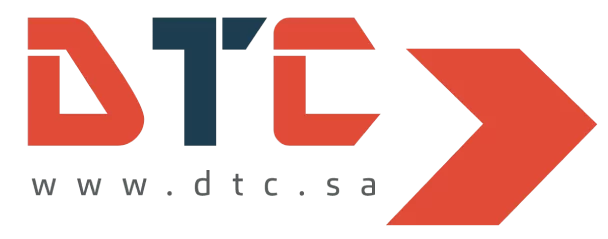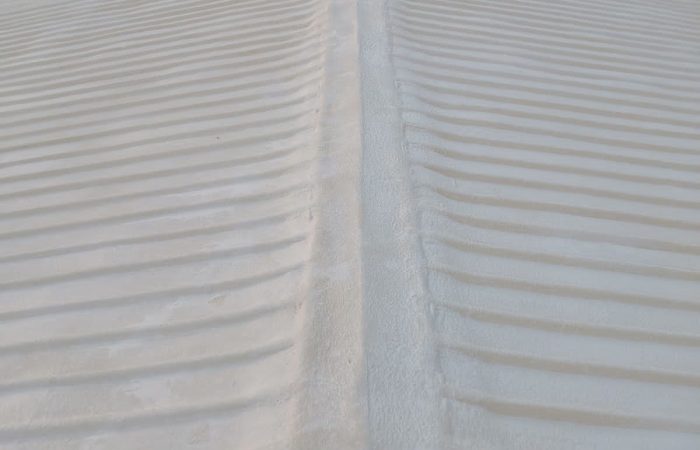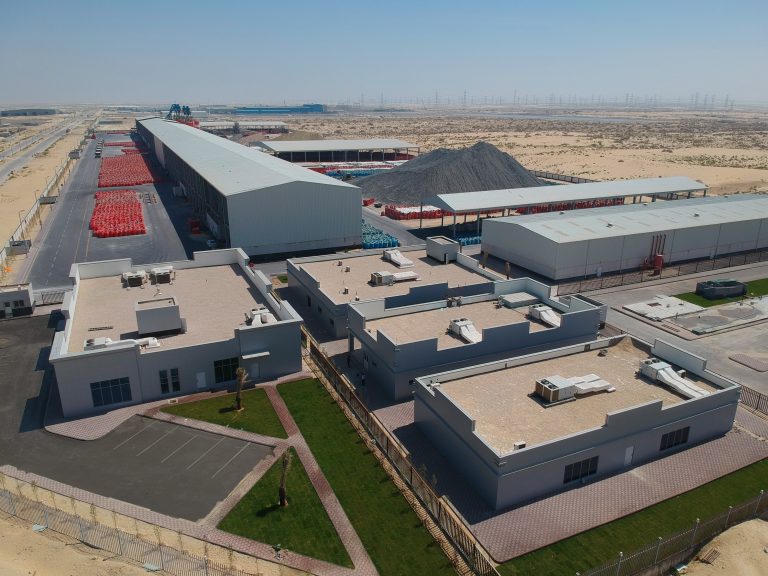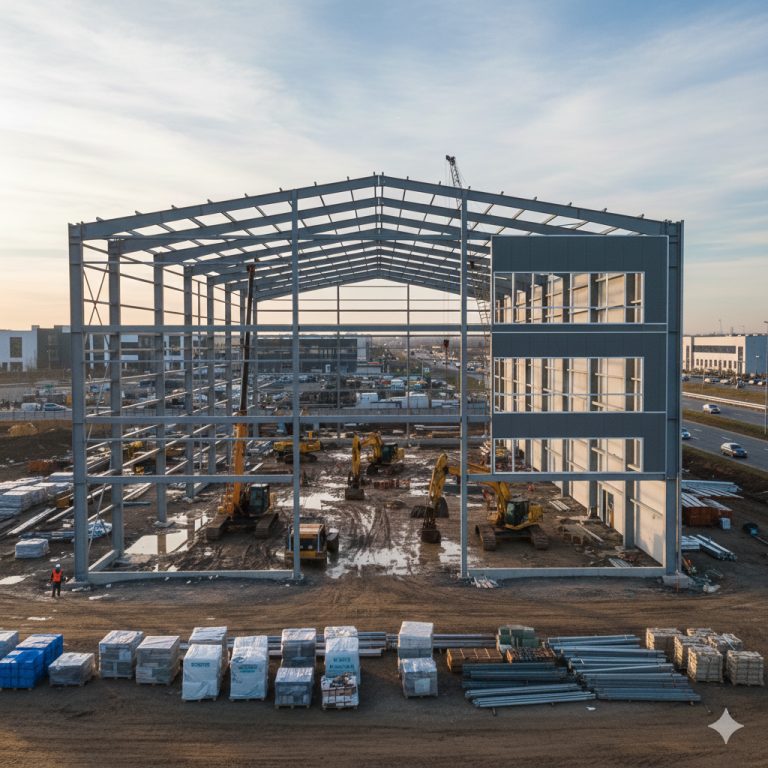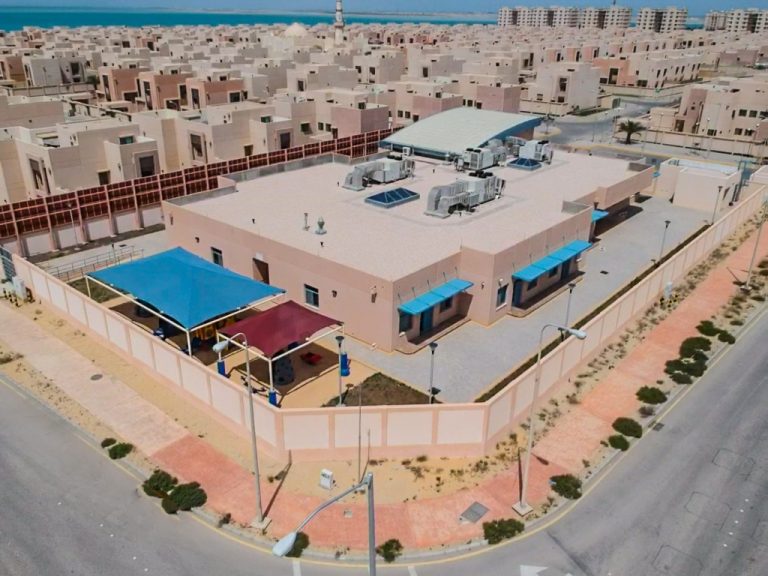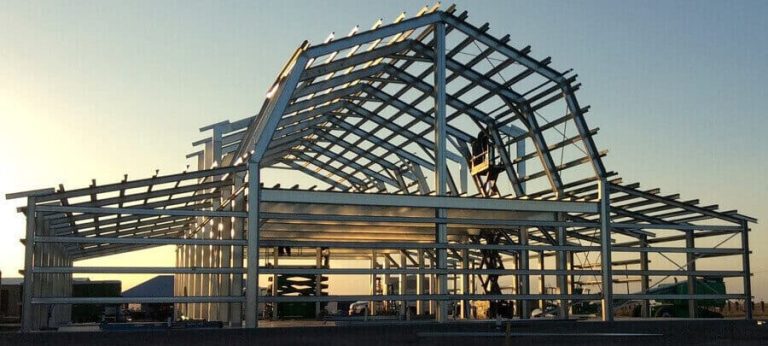Roofing and Insulation in Construction Projects: A Comprehensive Guide
Book Chapters:
Introduction to Roofing and Insulation
Types of Roofing Materials and Their Uses
Design Considerations for Roofs and Insulation
Roofing Installation Techniques and Best Practices
Insulation Materials and Their Properties
Insulation Installation Techniques and Best Practices
Roof Maintenance and Repair
Energy Efficiency and Sustainable Roofing Solutions
Safety Considerations in Roofing and Insulation
Cost Estimation and Budgeting for Roofing and Insulation
Roofing and Insulation for Residential Buildings
Roofing and Insulation for Commercial Buildings
Roofing and Insulation for Industrial Buildings
Roofing and Insulation for Green Buildings
Future Trends and Innovations in Roofing and Insulation
Book Introduction:
Roofing and insulation are two critical components of any construction project, whether it’s a small residential building or a large commercial complex. They play a vital role in providing protection against the elements, maintaining energy efficiency, and ensuring the safety and comfort of occupants.
However, with so many roofing and insulation options available, it can be overwhelming for contractors, architects, and building owners to make the right choices for their projects. This is where our comprehensive guide comes in.
In this book, we aim to provide a detailed overview of all aspects of roofing and insulation in construction projects. We will cover everything from types of roofing materials and insulation products to design considerations, installation techniques, maintenance and repair, energy efficiency, safety, and cost estimation.
We’ll also explore the specific needs and requirements of different types of buildings, including residential, commercial, and industrial structures, as well as green buildings.
Our goal is to equip readers with the knowledge and tools they need to make informed decisions about roofing and insulation for their projects, whether they’re a seasoned professional or a newcomer to the construction industry.
Chapter 1: Introduction to Roofing and Insulation
The first chapter of our book will provide a broad overview of roofing and insulation in construction projects. We’ll start by defining these two essential components and their role in protecting buildings and occupants from various external factors.
We’ll then dive into the different types of roofing materials and insulation products available and their respective properties and uses. We’ll also discuss the various design considerations that architects and contractors must consider when selecting roofing and insulation, such as climate, building orientation, and structural requirements.
Finally, we’ll explore the importance of proper installation techniques and best practices for both roofing and insulation. We’ll cover topics such as flashing, drainage, ventilation, and moisture control, among others, and highlight the potential risks of improper installation.
Throughout the chapter, we’ll provide examples and case studies to illustrate the key concepts and best practices. We’ll also include helpful tips and checklists to ensure readers are equipped with the necessary knowledge to make informed decisions about their roofing and insulation needs.
Chapter 2: Types of Roofing Materials and Their Uses
In Chapter 2, we’ll take a closer look at the various types of roofing materials available in the market today, along with their respective properties and uses. We’ll cover traditional materials such as asphalt, wood, and tile, as well as newer options like metal, synthetic, and green roofs.
We’ll also discuss the pros and cons of each material, such as durability, lifespan, cost, energy efficiency, and maintenance requirements. This information will help readers understand which roofing material is best suited for their specific needs and budget.
Furthermore, we’ll delve into the latest advancements in roofing materials, including innovative coatings, self-healing membranes, and solar panels. We’ll highlight how these newer options are transforming the roofing industry and offer insights into their installation and maintenance requirements.
Throughout the chapter, we’ll provide detailed illustrations and photographs of each roofing material to help readers visualize the various options. We’ll also include real-world case studies and examples of successful roofing installations using different materials.
By the end of this chapter, readers will have a comprehensive understanding of the various types of roofing materials available and be better equipped to make informed decisions when selecting a roofing material for their projects.
Chapter 3: Design Considerations for Roofs and Insulation
Chapter 3 will focus on the various design considerations architects and contractors must take into account when selecting roofing and insulation for their projects. We’ll explore how factors such as climate, building orientation, structural requirements, and aesthetic preferences can influence the selection of roofing and insulation materials.
We’ll also discuss how to calculate the proper amount of insulation needed to achieve energy efficiency and occupant comfort. This will include an overview of insulation R-values and U-factors, as well as how to factor in the effects of air leakage and thermal bridging.
Furthermore, we’ll examine the importance of proper roof slope, drainage, and ventilation for both roofing and insulation systems. We’ll provide examples of how improper design can lead to water damage, mold growth, and reduced energy efficiency.
Throughout the chapter, we’ll offer practical guidance and tips on how to balance the various design considerations and select the best roofing and insulation systems for each unique project.
By the end of Chapter 3, readers will have a solid understanding of how to evaluate the various design considerations for roofing and insulation systems and how to create an optimal design for their specific project needs.
Chapter 4: Roofing Installation Techniques and Best Practices
In Chapter 4, we’ll dive into the specifics of roofing installation techniques and best practices. We’ll cover key topics such as flashing, underlayment, and ventilation, as well as how to properly install and maintain roofing materials such as asphalt shingles, metal, and tile.
We’ll also discuss how to properly prepare the roof substrate before installation, including how to repair any existing damage or deterioration. This will help ensure a long-lasting and effective roofing system that provides optimal protection against the elements.
Furthermore, we’ll provide guidance on how to properly install insulation, including how to select the correct type of insulation and how to properly install and seal it to avoid air leakage and other issues.
Throughout the chapter, we’ll provide detailed illustrations and photographs to help readers visualize the various installation techniques and best practices. We’ll also include tips on how to avoid common installation errors and how to properly maintain a roofing and insulation system.
By the end of Chapter 4, readers will have a comprehensive understanding of how to properly install and maintain roofing and insulation systems, ensuring optimal protection and energy efficiency for their projects.
Chapter 5: Insulation Materials and Their Properties
In Chapter 5, we’ll shift our focus to insulation materials and their properties. We’ll cover traditional insulation materials such as fiberglass and cellulose, as well as newer options like spray foam and rigidfoam.
We’ll explore the key properties of each material, including R-value, density, moisture resistance, fire resistance, and sound insulation. We’ll also discuss the pros and cons of each material, such as installation requirements, cost, and environmental impact.
Furthermore, we’ll examine the latest advancements in insulation materials, including phase-change materials, aerogels, and vacuum insulation panels. We’ll highlight how these newer options are pushing the boundaries of insulation performance and offer insights into their installation and maintenance requirements.
Throughout the chapter, we’ll provide detailed illustrations and photographs of each insulation material to help readers visualize the various options. We’ll also include real-world case studies and examples of successful insulation installations using different materials.
By the end of Chapter 5, readers will have a comprehensive understanding of the various types of insulation materials available and be better equipped to make informed decisions when selecting an insulation material for their projects.
Chapter 6: Insulation Installation Techniques and Best Practices
In Chapter 6, we’ll delve into the specifics of insulation installation techniques and best practices. We’ll cover key topics such as selecting the right type of insulation, determining the proper thickness, and how to properly install and seal insulation to avoid air leakage and other issues.
We’ll also discuss how to properly prepare the building envelope before installation, including how to seal air leaks and ensure proper ventilation. This will help ensure a long-lasting and effective insulation system that provides optimal energy efficiency and occupant comfort.
Furthermore, we’ll provide guidance on how to properly install insulation in different parts of the building envelope, such as walls, roofs, and floors. We’ll also cover specialized installation techniques for unique situations, such as retrofitting existing buildings or installing insulation in irregularly shaped spaces.
Throughout the chapter, we’ll provide detailed illustrations and photographs to help readers visualize the various installation techniques and best practices. We’ll also include tips on how to avoid common installation errors and how to properly maintain an insulation system.
By the end of Chapter 6, readers will have a comprehensive understanding of how to properly install and maintain insulation systems, ensuring optimal energy efficiency and occupant comfort for their projects.
Chapter 7: Roofing and Insulation Maintenance and Repair
In Chapter 7, we’ll shift our focus to roofing and insulation maintenance and repair. We’ll cover key topics such as inspecting roofs and insulation for damage, identifying common issues such as leaks and moisture damage, and how to properly repair and maintain roofing and insulation systems.
We’ll also discuss how to develop a comprehensive maintenance plan for roofing and insulation systems, including regular inspections, cleaning, and repairs. This will help ensure that the roofing and insulation systems remain in optimal condition and continue to provide reliable protection and energy efficiency over time.
Furthermore, we’ll provide guidance on how to properly dispose of roofing and insulation materials at the end of their useful life. We’ll discuss the environmental impact of different disposal methods and provide tips on how to minimize waste and maximize recycling.
Throughout the chapter, we’ll provide detailed illustrations and photographs to help readers identify common issues and properly maintain and repair roofing and insulation systems. We’ll also include tips on how to proactively prevent issues and extend the lifespan of roofing and insulation systems.
By the end of Chapter 7, readers will have a comprehensive understanding of how to properly maintain and repair roofing and insulation systems, ensuring optimal protection and energy efficiency for their projects
Chapter 8: Energy Efficiency and Sustainability in Roofing and Insulation
In Chapter 8, we’ll explore the important role that roofing and insulation systems play in achieving energy efficiency and sustainability in construction projects. We’ll cover key topics such as the energy performance of different roofing and insulation systems, the impact of climate change on building energy use, and strategies for designing energy-efficient and sustainable buildings.
We’ll also discuss the various building codes and standards that dictate energy efficiency requirements for roofing and insulation systems, such as the International Energy Conservation Code (IECC) and the Leadership in Energy and Environmental Design (LEED) certification program.
Furthermore, we’ll provide guidance on how to properly design and specify roofing and insulation systems for maximum energy efficiency and sustainability. This will include discussing the benefits of green roofing, such as reducing the urban heat island effect and providing habitat for wildlife, as well as the use of renewable energy sources such as solar panels.
Throughout the chapter, we’ll provide real-world examples of successful energy-efficient and sustainable roofing and insulation systems, as well as tips for achieving these goals in a cost-effective manner.
By the end of Chapter 8, readers will have a comprehensive understanding of the importance of energy efficiency and sustainability in roofing and insulation systems, and be equipped with the knowledge and tools to design and specify systems that meet these goals.
Chapter 9: Roofing and Insulation for Different Building Types
In Chapter 9, we’ll examine the specific roofing and insulation requirements for different types of buildings, such as residential, commercial, and industrial structures. We’ll cover key topics such as the energy performance requirements for each building type, the unique challenges and considerations for each building type, and the best roofing and insulation options for each building type.
We’ll also discuss the impact of building codes and regulations on roofing and insulation requirements for different building types, as well as the various certification programs and incentives available for energy-efficient and sustainable building design.
Furthermore, we’ll provide guidance on how to properly design and specify roofing and insulation systems for different building types, taking into account factors such as building orientation, climate zone, and occupancy patterns.
Throughout the chapter, we’ll provide real-world examples of successful roofing and insulation installations for different building types, as well as tips for achieving optimal energy efficiency and occupant comfort in each building type.
By the end of Chapter 9, readers will have a comprehensive understanding of the specific roofing and insulation requirements for different building types, and be equipped with the knowledge and tools to design and specify systems that meet these requirements.
Chapter 10: Roofing and Insulation for Extreme Environments
In Chapter 10, we’ll explore the specific roofing and insulation requirements for extreme environments, such as cold climates, hot climates, and coastal regions. We’ll cover key topics such as the energy performance requirements for each environment, the unique challenges and considerations for each environment, and the best roofing and insulation options for each environment.
We’ll also discuss the impact of climate change on building design and the need for resilient roofing and insulation systems that can withstand extreme weather events.
Furthermore, we’ll provide guidance on how to properly design and specify roofing and insulation systems for extreme environments, taking into account factors such as temperature fluctuations, precipitation levels, and wind loads.
Throughout the chapter, we’ll provide real-world examples of successful roofing and insulation installations in extreme environments, as well as tips for achieving optimal energy efficiency and occupant comfort in these environments.
By the end of Chapter 10, readers will have a comprehensive understanding of the specific roofing and insulation requirements for extreme environments, and be equipped with the knowledge and tools to design and specify systems that meet these requirements.
Chapter 11: Maintenance and Repair of Roofing and Insulation Systems
In Chapter 11, we’ll explore the importance of regular maintenance and repair of roofing and insulation systems. We’ll cover key topics such as common causes of roofing and insulation damage, the impact of damage on energy efficiency and occupant comfort, and strategies for preventing and addressing damage.
We’ll also discuss the various types of maintenance and repair tasks that are necessary for different types of roofing and insulation systems, and provide guidance on how to properly perform these tasks to ensure the longevity and performance of the systems.
Furthermore, we’ll discuss the benefits of proactive maintenance and repair, such as avoiding costly emergency repairs and prolonging the life of the roofing and insulation systems.
Throughout the chapter, we’ll provide real-world examples of successful maintenance and repair practices for different types of roofing and insulation systems, as well as tips for identifying and addressing damage in a timely and effective manner.
By the end of Chapter 11, readers will have a comprehensive understanding of the importance of regular maintenance and repair for roofing and insulation systems, and be equipped with the knowledge and tools to properly maintain and repair these systems to ensure optimal performance and longevity.
Chapter 12: Retrofitting and Upgrading Roofing and Insulation Systems
In Chapter 12, we’ll examine the process of retrofitting and upgrading existing roofing and insulation systems. We’ll cover key topics such as the benefits of retrofitting and upgrading, common reasons for upgrading, and the various options for retrofitting and upgrading different types of roofing and insulation systems.
We’ll also discuss the challenges and considerations for retrofitting and upgrading existing systems, such as the need to work within the constraints of the existing building structure and the need to minimize disruption to building occupants.
Furthermore, we’ll provide guidance on how to properly plan and execute retrofitting and upgrading projects, including conducting a thorough assessment of the existing roofing and insulation systems, selecting appropriate replacement materials and systems, and ensuring compliance with relevant building codes and regulations.
Throughout the chapter, we’ll provide real-world examples of successful retrofitting and upgrading projects for different types of roofing and insulation systems, as well as tips for minimizing costs and maximizing benefits.
By the end of Chapter 12, readers will have a comprehensive understanding of the benefits and challenges of retrofitting and upgrading roofing and insulation systems, and be equipped with the knowledge and tools to plan and execute successful retrofitting and upgrading projects.
Chapter 13: Safety Considerations for Roofing and Insulation Work
In Chapter 13, we’ll explore the important safety considerations that must be taken into account when performing roofing and insulation work. We’ll cover key topics such as the common hazards associated with roofing and insulation work, the types of personal protective equipment (PPE) that should be used, and strategies for minimizing the risk of accidents and injuries.
We’ll also discuss the importance of proper training and certification for workers performing roofing and insulation work, as well as the various regulations and standards that dictate safety requirements for this type of work.
Furthermore, we’ll provide guidance on how to properly plan and execute roofing and insulation projects with safety in mind, including developing a comprehensive safety plan, conducting regular safety inspections, and ensuring compliance with relevant regulations and standards.
Throughout the chapter, we’ll provide real-world examples of successful roofing and insulation projects that prioritize safety, as well as tips for ensuring that safety remains a top priority throughout the project.
By the end of Chapter 13, readers will have a comprehensive understanding of the importance of safety in roofing and insulation work, and be equipped with the knowledge and tools to plan and execute projects in a safe and responsible manner.
Chapter 14: Future Trends in Roofing and Insulation
In Chapter 14, we’ll take a look at the latest trends and innovations in roofing and insulation systems, and discuss how
these trends are shaping the future of the industry. We’ll cover key topics such as emerging technologies, sustainable materials and design, and the growing importance of energy efficiency and environmental sustainability.
We’ll explore the latest advancements in roofing and insulation materials, such as the use of recycled materials, reflective coatings, and advanced insulation technologies. We’ll also discuss new design trends, such as green roofs and living walls, and their potential to improve energy efficiency, reduce environmental impact, and enhance occupant comfort.
Furthermore, we’ll examine the impact of new technologies, such as drones and advanced analytics, on the roofing and insulation industry, and how these technologies are changing the way we design, install, and maintain roofing and insulation systems.
Throughout the chapter, we’ll provide real-world examples of innovative roofing and insulation projects that are incorporating these new trends and technologies, as well as insights from industry experts on where the industry is headed in the coming years.
By the end of Chapter 14, readers will have a comprehensive understanding of the latest trends and innovations in roofing and insulation, and be equipped with the knowledge and insights to stay ahead of the curve in this rapidly evolving industry.
Chapter 15: Conclusion and Final Thoughts
In the final chapter of the book, we’ll summarize the key takeaways from each chapter and provide a comprehensive overview of the roofing and insulation industry. We’ll discuss the importance of proper design, installation, maintenance, and repair of roofing and insulation systems, and the impact that these systems have on energy efficiency, occupant comfort, and environmental sustainability.
We’ll also discuss the growing importance of sustainability and environmental stewardship in the roofing and insulation industry, and the role that innovative technologies and sustainable design practices are playing in shaping the future of the industry.
Furthermore, we’ll provide a final set of recommendations and best practices for readers looking to improve the performance and longevity of their roofing and insulation systems, and ensure the safety and comfort of building occupants.
By the end of the book, readers will have a comprehensive understanding of the key concepts and best practices for roofing and insulation systems in construction projects, and be equipped with the knowledge and tools to ensure the success of their projects, both in terms of performance and sustainability.
Overall, “Roofing and Insulation in Construction Projects” is a comprehensive guide that covers all aspects of roofing and insulation systems in construction projects. From the basics of roofing and insulation materials to advanced technologies and sustainable design practices, this book provides readers with the knowledge and tools they need to design, install, maintain, and repair high-quality roofing and insulation systems that meet the needs of modern construction projects.
Whether you’re a building owner, developer, architect, engineer, or contractor, “Roofing and Insulation in Construction Projects” is a valuable resource that will help you stay ahead of the curve in this rapidly evolving industry. With real-world examples, expert insights, and practical advice, this book is a must-read for anyone involved in the planning, design, or construction of roofing and insulation systems.
We hope that you find this book informative, engaging, and useful, and that it helps you navigate the complexities of roofing and insulation systems in construction projects. Thank you for reading, and we wish you all the best in your future endeavors in the roofing and insulation industry.
